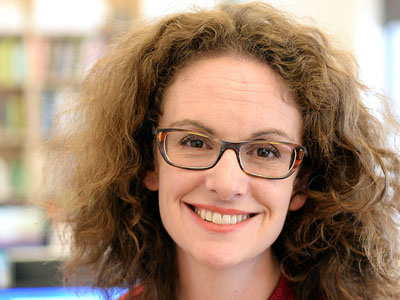
Pippa Brashear
Planning Principal
SCAPE Landscape Architecture
Biography
Pippa Brashear is Planning Principal at SCAPE. A leading national expert on resilience planning and climate adaptation, Pippa works with large, multi-disciplinary teams to develop landscape strategies and next-century infrastructure that integrate environmental, economic and social benefit.
Pippa holds a Master’s in Landscape Architecture and Master’s in Urban Planning with Distinction from Harvard University. She also holds a Bachelor’s of Arts, cum laude, in Environmental Science and Public Policy from Harvard College.
Rutgers Climate Bridge Panel 2: Impact on Place
Abstract
In designing for climate adaptation in urban planning, urban design, and landscape architecture, we frequently discuss our work as fostering “resilience”. But this term is often loosely defined and misused. It is most frequently applied to projects that seek to “protect” places from change by creating systems or spaces designed to “resist” the forces of hazards exacerbated by climate change. And the reality is that for many of our most vulnerable communities to adapt and thrive, such “defense” measures will be needed in the near-term. But, true climate adaptation must be something more; it will require change in the where we live and work and in, if not our day-to-day lives than those of our children. As designers, to design and construct adaptive landscapes, we must design not just for today, but for an uncertain future—we must anticipate and embrace change in places we live and love. To do this, we cannot design static places; instead our alteration of the landscape and urban environment must engage the physical, biological, and socio-economic systems that shape and support these places, not just shape their physical form. At SCAPE we believe that this is fundamental to effect positive change in a world that is in constant flux. We believe in a layered approach to designing for climate adaptation, where combinations of creative design, planning strategies, and management techniques enable communities to step-down risk while generating new opportunities for placemaking, education, and both economic and ecological activities. Through a series of project examples, this presentation will illustrate how we do this, not only to identified “resilience” projects, in order to foster connections between communities and their environments in support of more informed, jus, and sustainable spatial practices.


